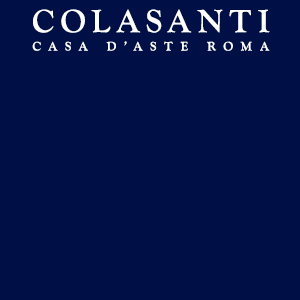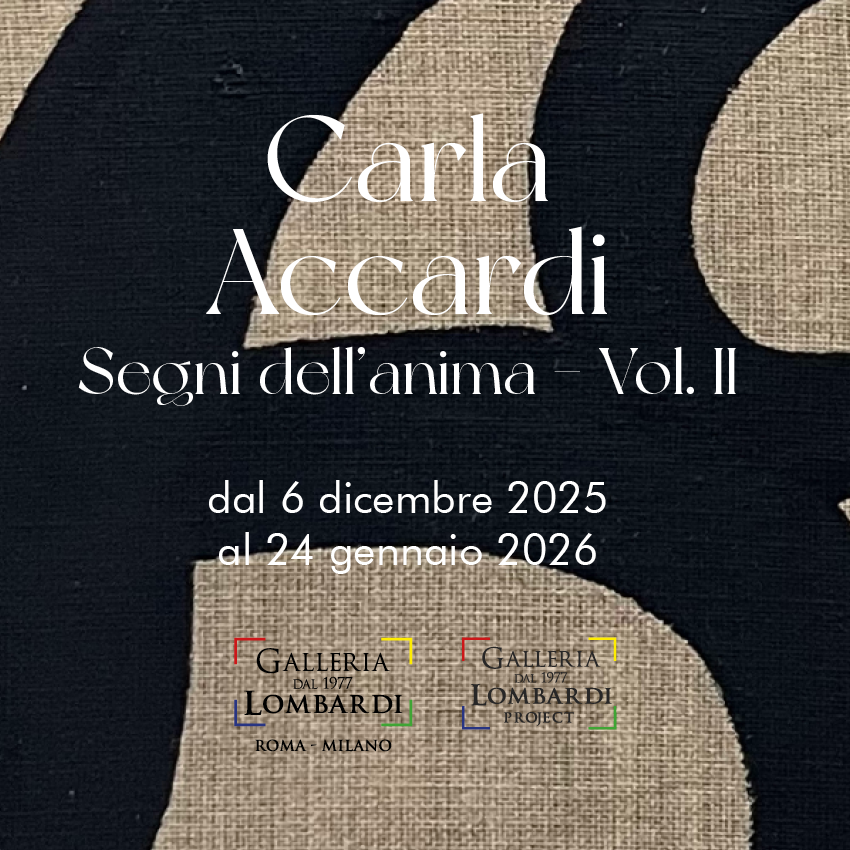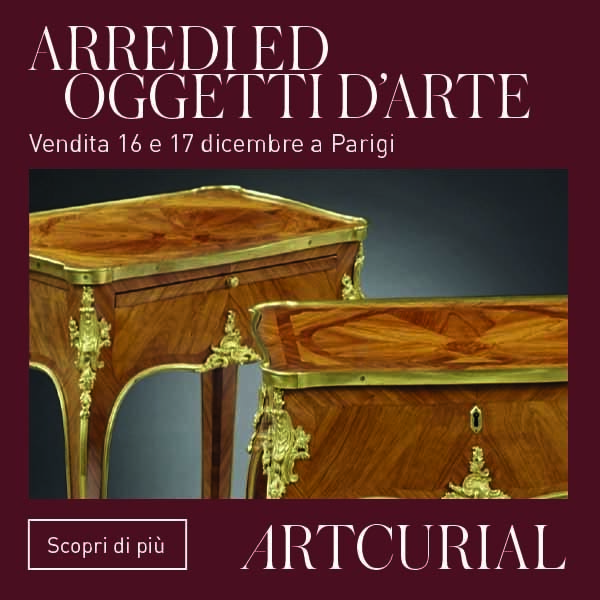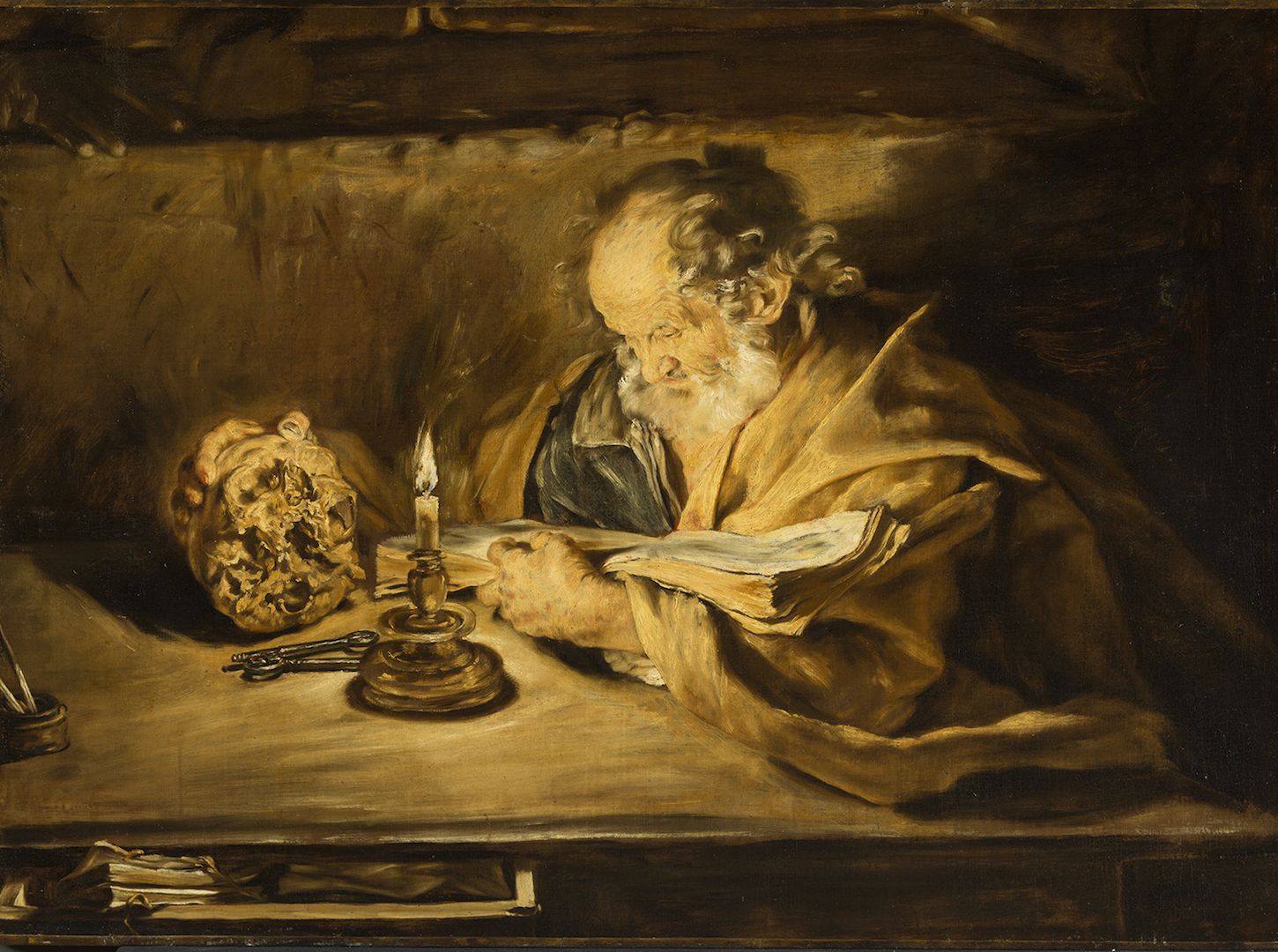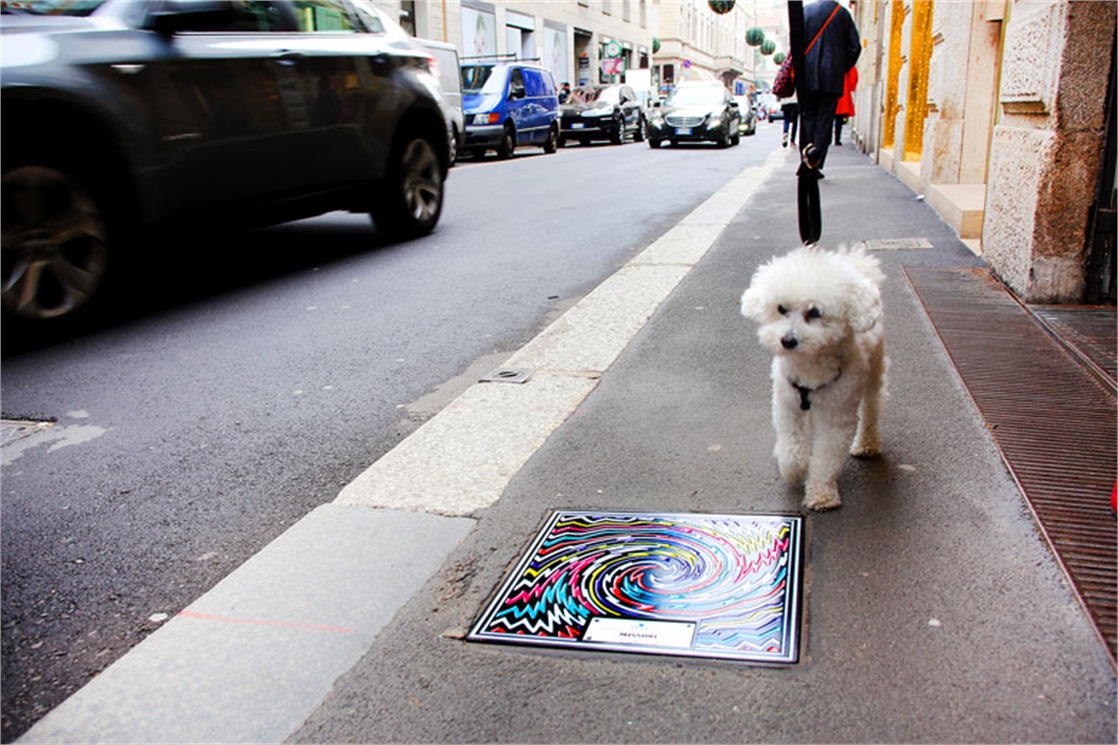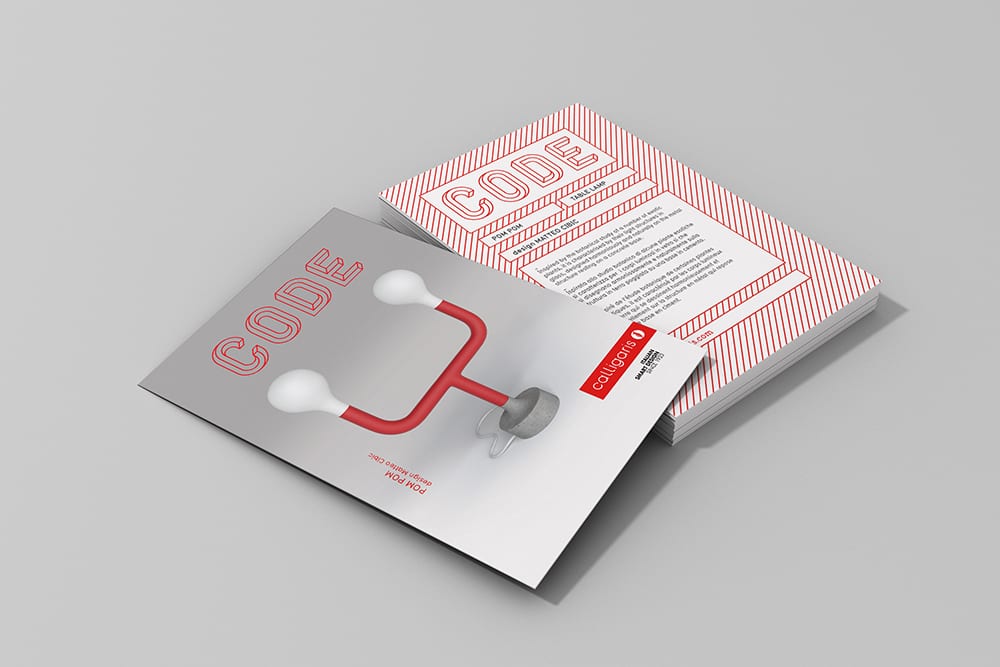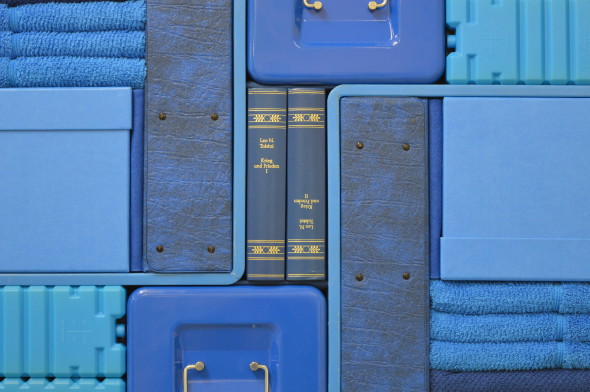
© Daniele Panebianco
Micheal Johansson is in Milan for his new personal exhibition Alternative Readings in the art gallery The Flat. We took the opportunity to ask him some questions.
In the exhibition Alternative Readings, Johansson continues to explore how our perception of the everyday objects we find ourselves surrounded with through simple methods can be shifted. Apparent disparate objects gathered from different places and contexts are repackaged into coherent entities based on notions of colour and shape, in such a perfect fit they seem to be held together by some kind of invisible magnetism.
When things are taken out of their natural context, their function becomes uncertain and turn into becoming something else, more impalpable and appealingly incomprehensible. Over the years, Johansson has increasingly expanded and developed the approach to his material through various explorations as for example in the use of colour as a common denominator. Reflections and doubles have now become a central theme.
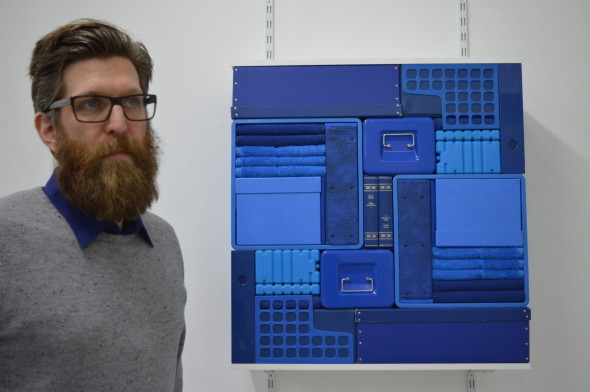
© foto Daniele Panebianco
How do you choose the objects that will form your artworks? Are your artworks born from an idea, a project or some objects suggest you the path to follow?
It actually goes both ways. Sometimes I find an item or a space that triggers an idea that takes me to start to collect items that allow me to create a work that goes according to that concept. But it can also be that I find a very small item, and then another one and I can see that they are creating something together. In this exhibition in particular I’m working with mirrored things, with reflections and doubles. This actually requires to find everything twice, so sometimes this bring me to choose items that I would never thought normally to.
Is there a meditation about consumerism in your artworks?
Yes, I mean, it has to be like this. That’s the reason why I can find some items I can work with: we all keep buying new stuff so we can rid of objects even if they are fully functioning or still looking nice but for some reason we want the new version of those. So there is always a meditation about consumerism. That’s not my main focus but it’s something that I always think about when I collect items.
Everyday objects are central in your works. Did Duchamp’s and Man Ray’s readymades, or other artists, influenced you?
Of course they did. But nowadays it’s very common that people use items or objects in their artworks. The difference is that when the first revolutionary artists started to using items they kind of have to fight to get the material approved, that was the art itself and the struggle. Today no one can discuss that anymore, so now it’s for us to see how far we can get.
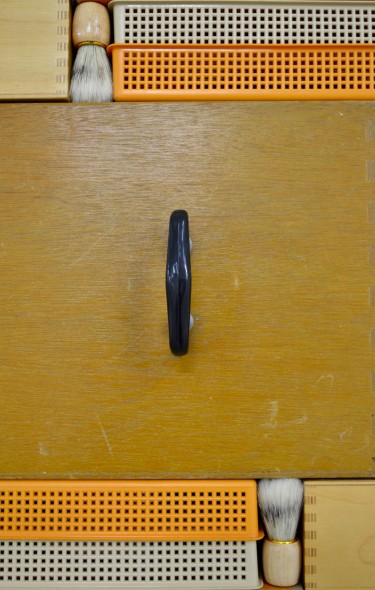
© Daniele Panebianco
What’s the difference between working on a public commission and private as galleries and museums?
The major difference for me is that when you work for a public space or on commission you have to come up with an idea before you produce it, you have to present scratches of what you want to make. It’s like doing the work twice. On the other hand in a gallery you can have a conversation about what you would like to do in the space given you. If they trust you and you trust them, you can discuss what you would like to do and come up with something on the spot, like i did with the main installation here: we had no idea of what we wanted to do, when I came here on Sunday, it’s something that came up when we found two tables in the storage. This would never happen on a public commission, because you have to show your interest since they choose and select a few artists and make a competition; a jury decides which is the best idea and then you have to find out how to produce it. It’s a very controlled system.
If you could make some public artworks for Italy, where would you like to make one?
Oh wow, there are some major spaces to be filled here. I mean, I would really like to do something here in Italy because the cities have so much history, it’s everywhere, it’s a combination between the ancient and the new. Anyway I don’t have any specific space that I have thought to, but I’m sure that there would be many many things that I could do here.
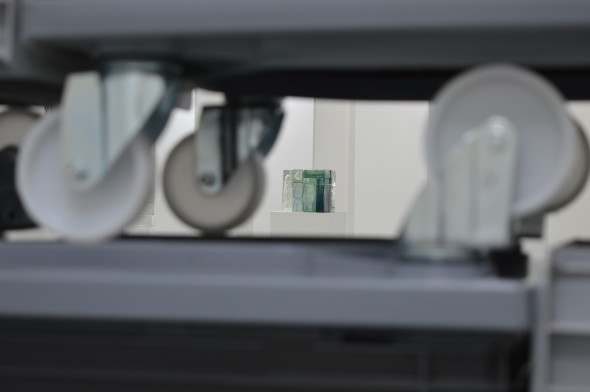
© Daniele Panebianco
What’s the idea behind the title of exhibition “Alternative Readings”?
I was thinking about the title quite soon before I knew the specific work. I was looking for a title that was kind of open, that would allow to include different artworks. You know, sometimes a title can really limit what you can do, and I wanted something that was in connection with the concept I was working on: first of all I work with ordinary items in a way of manner that can transform how you usually would see them. Furthermore my works can be read in different ways, from different directions so they cannot always tell the same story. I was looking for a title that could show that the story that my art tells it’s actually alternative from the original but this doesn’t mean that it’s write its own, there are always different ways to get it.
Alternative Readings – Michael Johansson
The Flat – Massimo Carasi, via Paolo Frisi 3, Milano
> 11 maggio 2018





